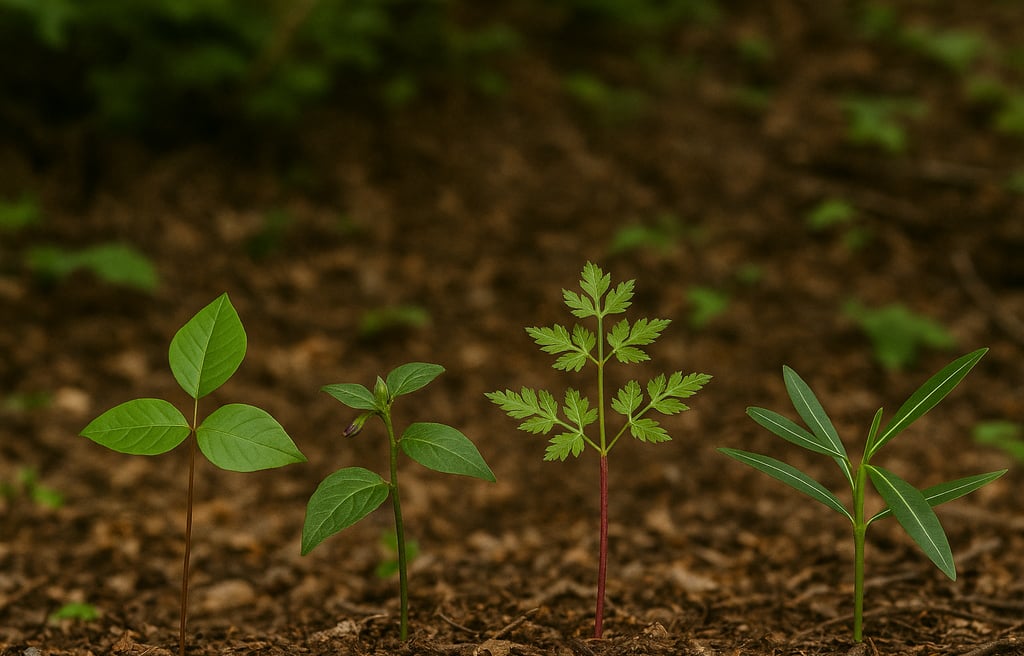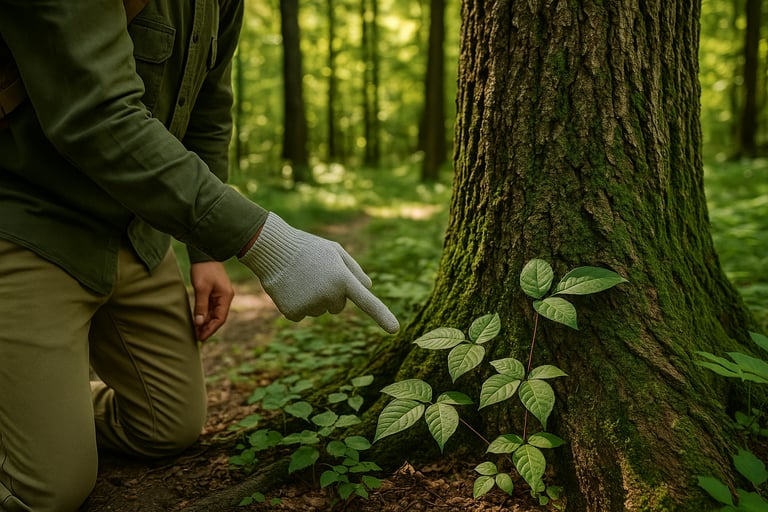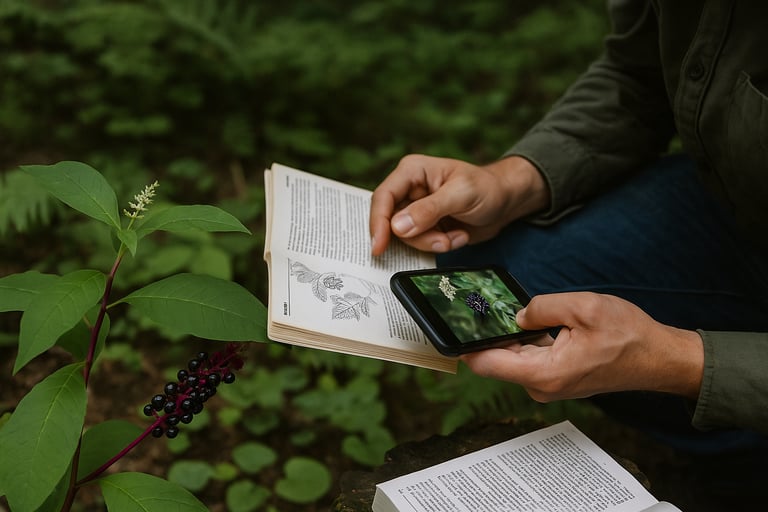How to Identify Poisonous Plants in the Wild: Stay Safe While Foraging
Learn how to identify poisonous plants in the wild with this essential guide. Discover common toxic plants, key features to look for, and tips to avoid dangerous mistakes while foraging outdoors.


How to Identify Poisonous Plants in the Wild: Stay Safe While Foraging
Why Knowing Poisonous Plants Is a Foraging Must
Foraging can be deeply rewarding, but only when it’s done with knowledge and care. One of the most important survival skills to build is the ability to recognize poisonous plants in the wild. Mistaking a toxic species for an edible one can lead to rashes, illness, or even life-threatening reactions.
Whether you’re gathering wild greens, berries, or medicinal herbs, it's critical to know which plants to avoid and what signs to look for. This guide will walk you through the basics of identifying toxic plants so you can forage confidently and stay safe.
The Most Common Poisonous Plants to Watch For
Some toxic plants are found almost everywhere, and learning their appearance should be a top priority for any beginner. Poison ivy, poison oak, and poison sumac are the most well-known irritants in North America. They all contain urushiol oil, which can cause serious skin reactions from just a brush of contact.
If you're not sure how to recognize these irritants, this guide to foraging basics can help you understand plant safety and build smart habits from the start.
In terms of ingestion dangers, watch out for deadly nightshade, hemlock, baneberry, pokeweed, and false parsley. These plants often mimic the look of edible greens or berries, but contain toxic compounds that affect the nervous, digestive, or cardiovascular systems.
Key things to notice include unusual patterns on leaves, red stems, or milky sap. Also, plants with umbrella-shaped flower clusters (called umbels), like poison hemlock, should be approached with extreme caution, since they can be confused with edible relatives like wild carrot.
Look for Warning Signs in Shape, Sap, and Location
You don’t have to memorize every toxic plant to stay safe, but you should train your eye to catch red flags. A few visual clues can help you slow down and identify danger before you make a mistake.
Leaves that grow in sets of three, like poison ivy, should always raise a flag (You’ll also want to learn how to safely collect the right species — this article on how to forage for medicinal plants explains how to identify useful plants without confusing them with toxic ones). White berries, clustered red berries, and plants with spiky or shiny leaves are often indicators of danger. Also, be wary of plants that emit a strong or bitter smell when crushed, especially if you don’t recognize them.
Touching a plant isn’t always safe either. Some species can cause rashes even without ingestion. If you're ever unsure, avoid handling it directly and don’t rub your eyes or mouth until you’ve washed your hands.
Use Multiple Tools to Confirm Plant Identity
The best foragers double-check everything. Always verify a plant using a combination of a trusted field guide, plant identification apps, and common-sense observation. You can also enhance your accuracy with foraging maps and plant ID apps, especially when you're still learning what to trust. Don’t rely on just one photo or feature. Look at the entire plant — the leaves, stems, flowers, berries, and the area it's growing in.
If something feels off or unfamiliar, skip it. Getting it wrong is simply not worth the risk. The more you slow down and investigate, the more you’ll sharpen your plant recognition instincts for future outings.
Final Thought: When in Doubt, Don’t Touch or Taste
Learning to spot poisonous plants takes time and patience, but it’s one of the most valuable wilderness skills you can build. The outdoors doesn’t come with warning labels; it’s up to you to observe, question, and stay aware.
Remember the rule: If you don’t know what it is, don’t touch it. And never eat anything unless you’re absolutely sure. That mindset will keep you safe, and let you enjoy the amazing world of wild food without taking dangerous chances.
To further build your confidence, consider starting with top edible wild plants that are easy to recognize and free of dangerous lookalikes.




© 2025. All rights reserved About | Privacy Policy | Terms and Conditions | Affiliate Disclosure | Disclaimer


